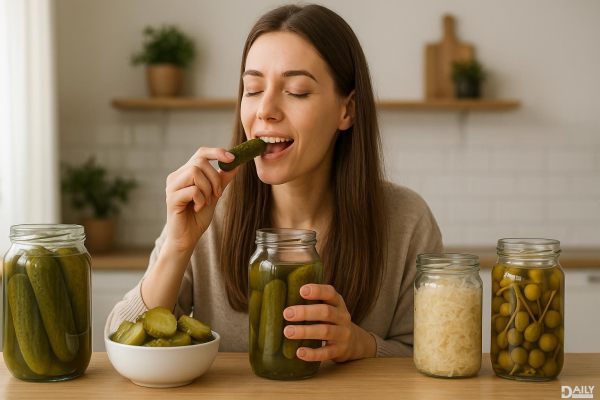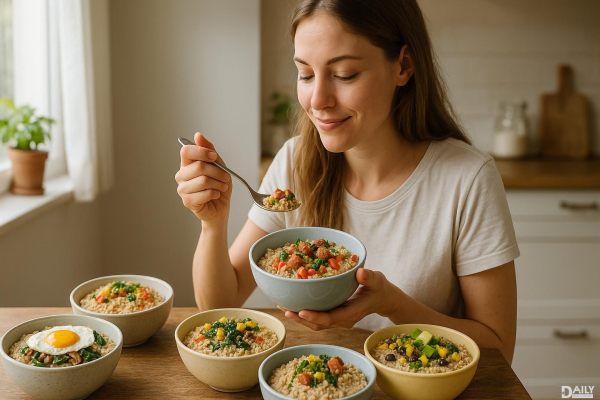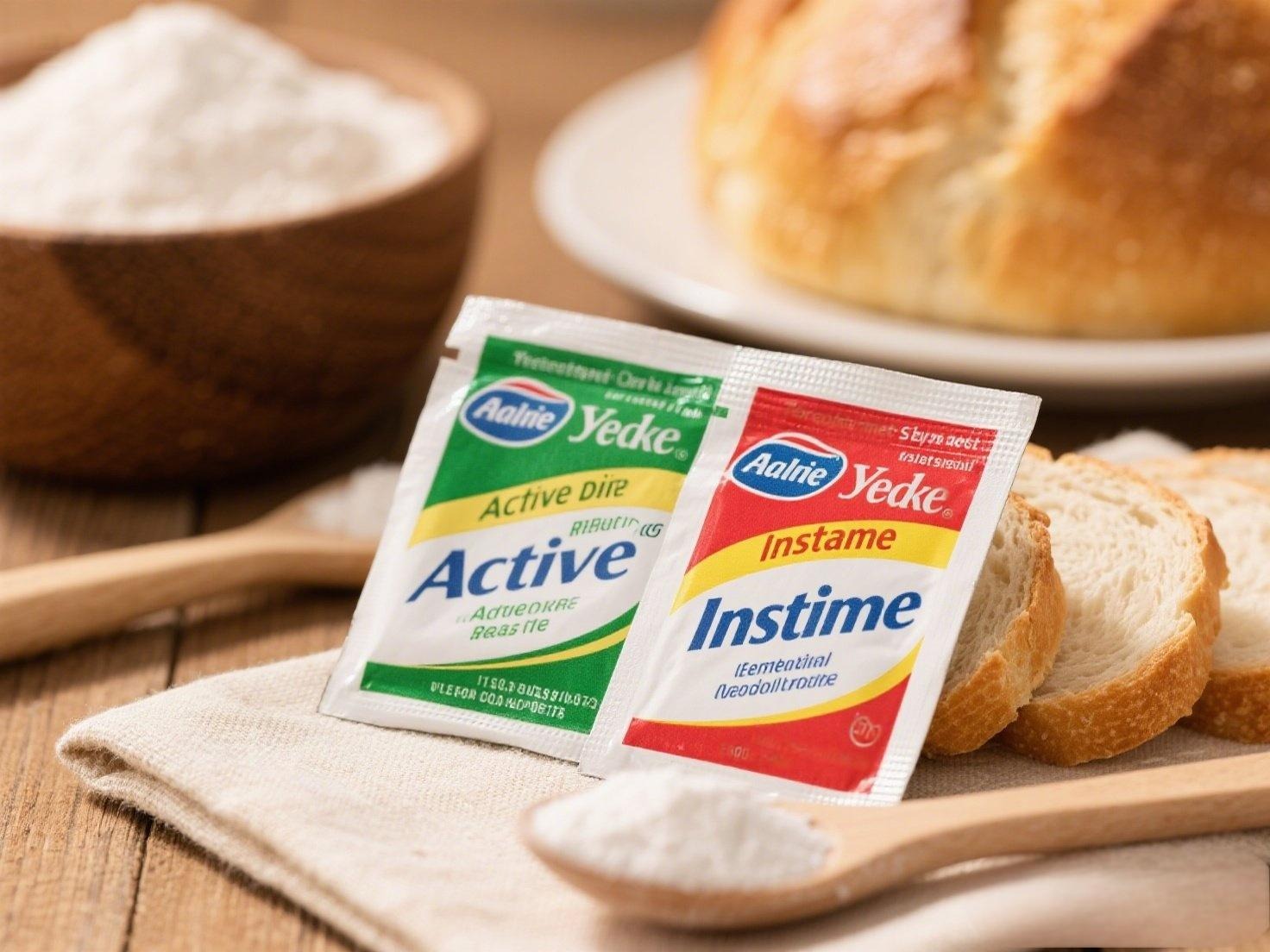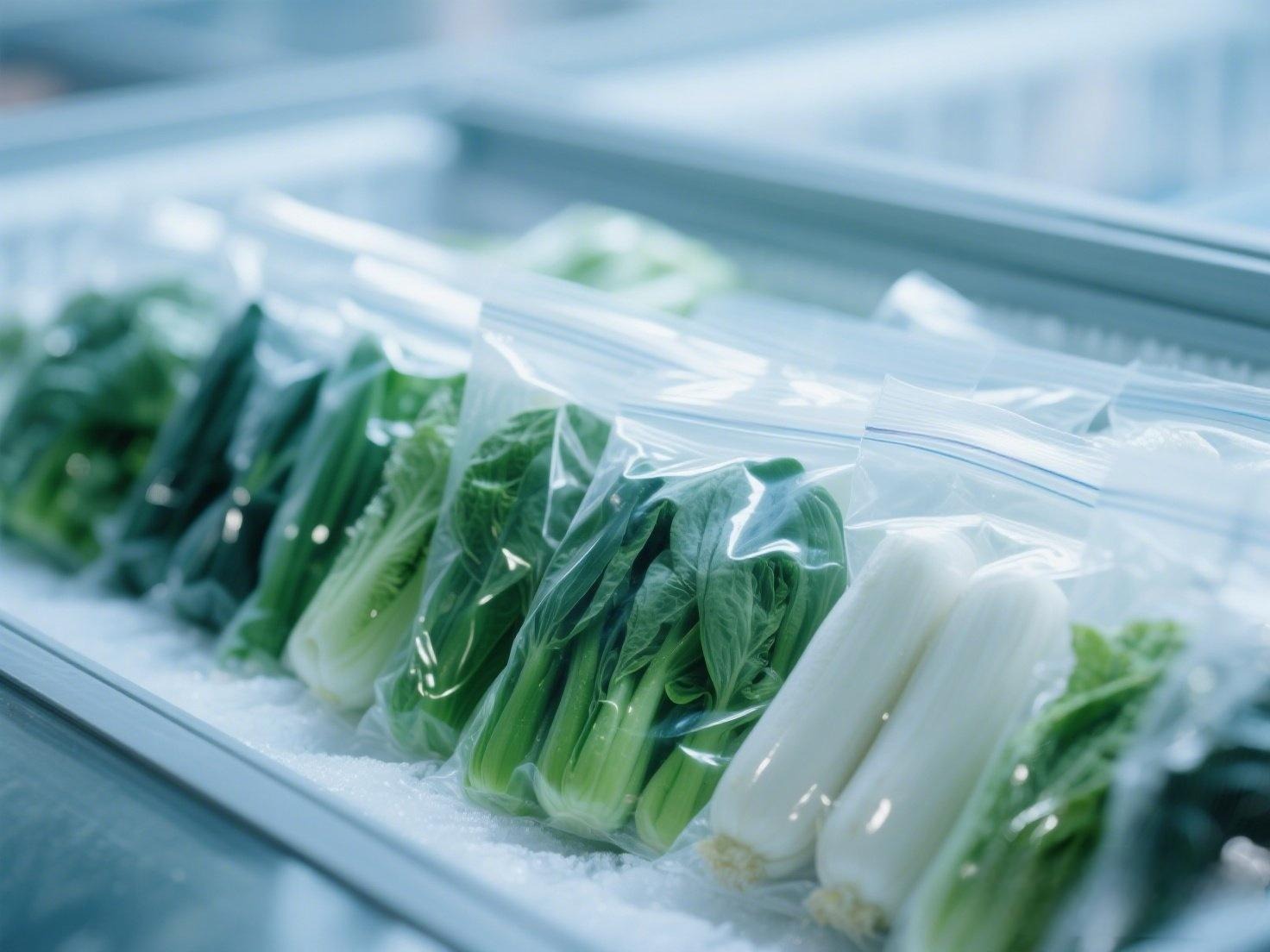Plant-based protein has taken the health and wellness world by storm, and for good reason. Whether you're a full-fledged vegan, a flexitarian, or just someone looking to mix up your protein sources, plant-based options offer a ton of variety and nutritional benefits. From lentils to hemp seeds, these protein-packed plants can fuel your body while keeping things interesting in the kitchen. But let’s be real—not all plant proteins are created equal, and knowing which ones pack the biggest punch (and how to use them) can make all the difference in your diet.
The Rise of Plant-Based Protein
Gone are the days when plant-based protein meant bland tofu or sad, mushy lentils. Today, the market is flooded with innovative options—think pea protein burgers, chickpea pasta, and even algae-based protein powders. The demand has skyrocketed, thanks to growing awareness about sustainability, animal welfare, and the health perks of reducing meat consumption. Research shows that diets rich in plant-based proteins can lower the risk of chronic diseases like heart disease and type 2 diabetes, while also being easier on the planet. But here’s the kicker: just because something is plant-based doesn’t automatically make it healthy. Those ultra-processed vegan nuggets and sugary protein bars? Yeah, they’re not doing your body any favors. The key is choosing whole, minimally processed sources that deliver not just protein but also fiber, vitamins, and antioxidants.
Complete vs. Incomplete Proteins: What’s the Deal?
One of the biggest myths about plant-based protein is that it’s somehow “inferior” to animal protein. While it’s true that most plant proteins (except for a few like quinoa, soy, and hemp) are incomplete—meaning they don’t contain all nine essential amino acids—this isn’t a dealbreaker. You just need to mix and match. Pairing rice with beans, for example, creates a complete protein profile. And unless you’re living off a single food (which, please don’t), you’re probably already getting a variety of amino acids throughout the day. The idea that you have to meticulously combine proteins at every meal is outdated. Your body is smart—it pools amino acids from different meals to make sure you’re covered. That said, if you’re relying heavily on plant-based protein, it doesn’t hurt to be mindful of variety.
Digestive Adjustments: The Fiber Factor
Switching to more plant-based protein? Your gut might need an adjustment period. Unlike animal protein, plant sources come with a hefty dose of fiber—something many Americans don’t get enough of. Suddenly upping your intake can lead to bloating, gas, or other digestive discomfort. The fix? Take it slow. Gradually increase fiber-rich foods like beans, lentils, and whole grains while drinking plenty of water. Soaking beans before cooking and opting for fermented options like tempeh can also help ease digestion. And if you’re really struggling, digestive enzymes or probiotics might be worth a try. Bottom line: your gut will thank you in the long run.
Protein Powerhouses: The Top Plant-Based Sources
Not all plant proteins are created equal. Some pack way more protein per serving than others, and some come with bonus nutrients that make them total superfoods. Here’s a breakdown of the heavy hitters:
Lentils: The OG Plant Protein
With about 18 grams of protein per cooked cup, lentils are a no-brainer for plant-based eaters. They’re cheap, versatile, and loaded with iron and folate. Plus, they cook faster than most beans—no overnight soaking required. Throw them into soups, stews, or even veggie burgers for an easy protein boost.
Chickpeas: More Than Just Hummus
Chickpeas deliver around 15 grams of protein per cup and are ridiculously versatile. Roast them for a crunchy snack, blend them into hummus, or toss them into salads. They’re also a great source of resistant starch, which feeds your gut bacteria and helps keep blood sugar stable.
Tofu and Tempeh: Soy’s Dynamic Duo
Tofu gets a bad rap for being bland, but that’s just because people aren’t seasoning it right. Marinate it, bake it, or scramble it—it’ll soak up any flavor you throw at it. At 10 grams of protein per half-cup, it’s a complete protein and a solid source of calcium. Tempeh, its fermented cousin, is even higher in protein (about 15 grams per half-cup) and has a nutty, chewy texture that holds up in stir-fries and sandwiches.
Hemp Seeds: Tiny but Mighty
Don’t let their size fool you—hemp seeds are a complete protein with 10 grams per three tablespoons. They’re also loaded with omega-3s, making them a great addition to smoothies, oatmeal, or salads. Bonus: they won’t get you high (sorry, but we had to say it).
Quinoa: The Grain That’s Not a Grain
Quinoa is technically a seed, but it cooks like a grain and delivers eight grams of complete protein per cup. It’s also gluten-free and packed with magnesium, making it a great base for bowls, salads, or even breakfast porridge.
Making Plant-Based Protein Work for You
If you’re new to plant-based protein, start by swapping one or two meals a week. Try a lentil Bolognese instead of beef, or blend silken tofu into a creamy soup. Experiment with different textures and flavors—some people love the meaty chew of seitan, while others prefer the creaminess of blended beans. And don’t forget about protein-rich veggies like spinach, broccoli, and Brussels sprouts—they add up! The goal isn’t perfection; it’s finding what works for your taste buds and lifestyle.
At the end of the day, plant-based protein isn’t just for vegans. It’s a flexible, nutrient-dense way to eat that can benefit just about anyone. Whether you’re in it for the health perks, the planet, or just to mix things up, there’s a whole world of plant proteins waiting to be explored. So go ahead—get creative, and let those plants do the heavy lifting.
























